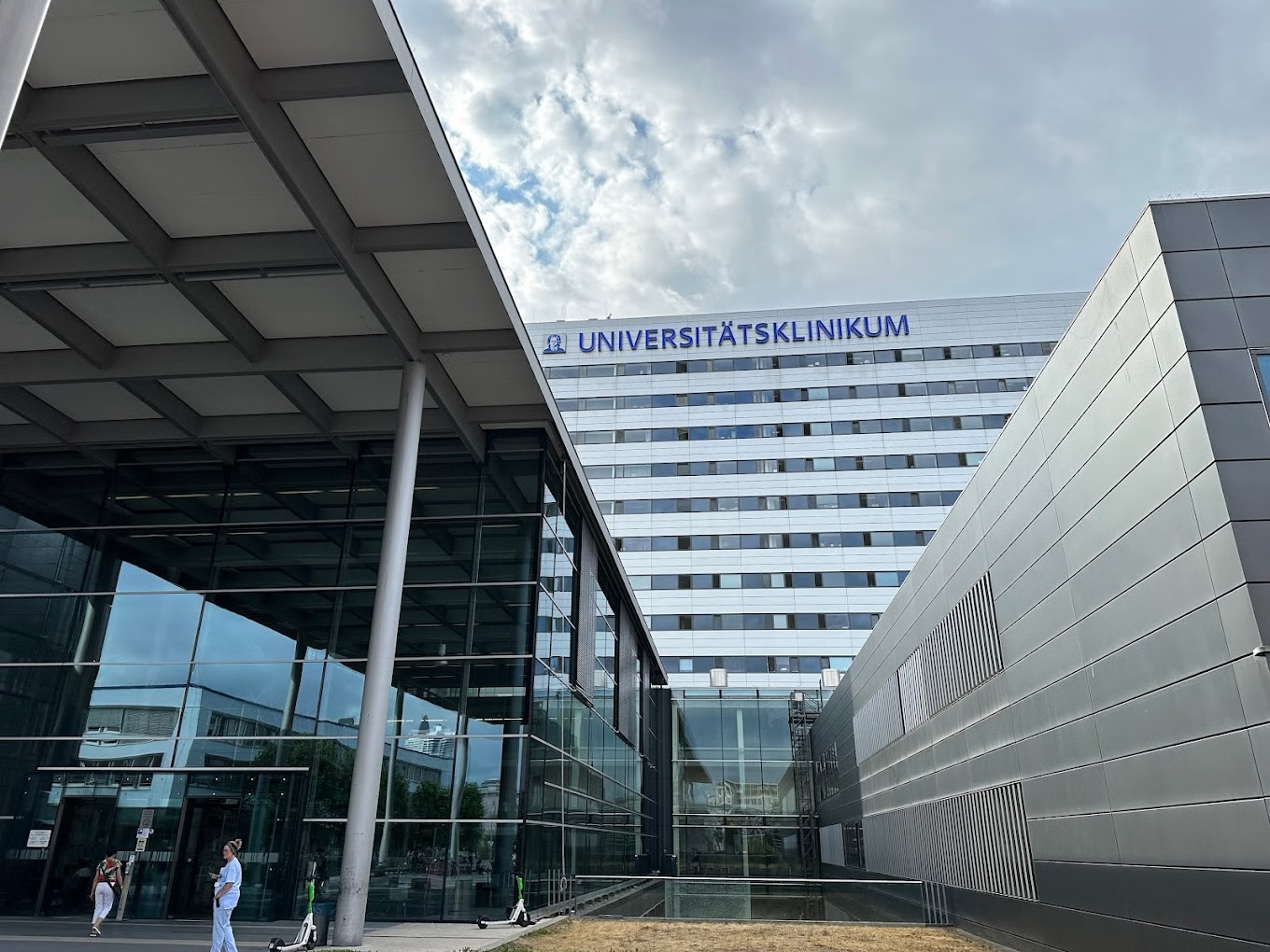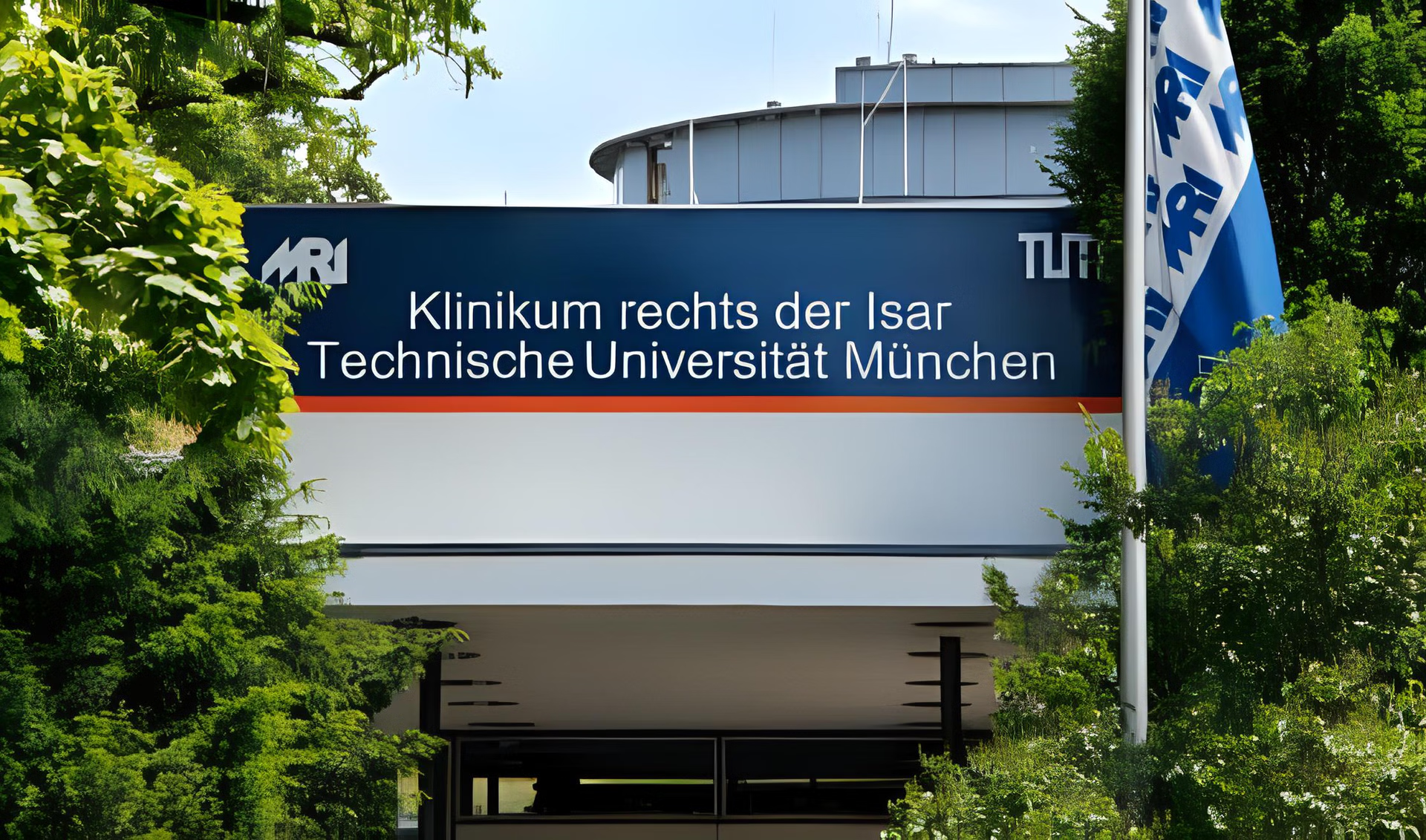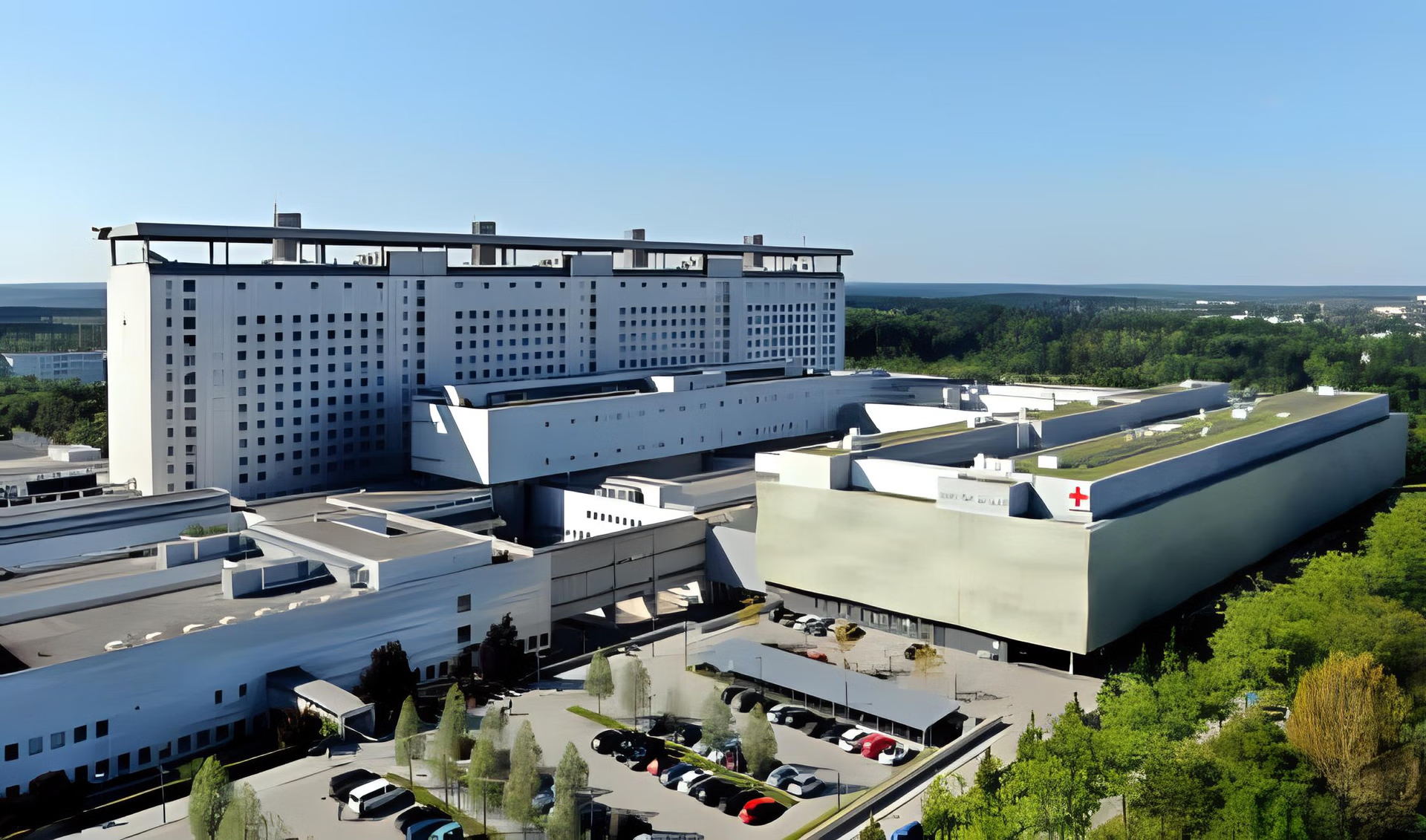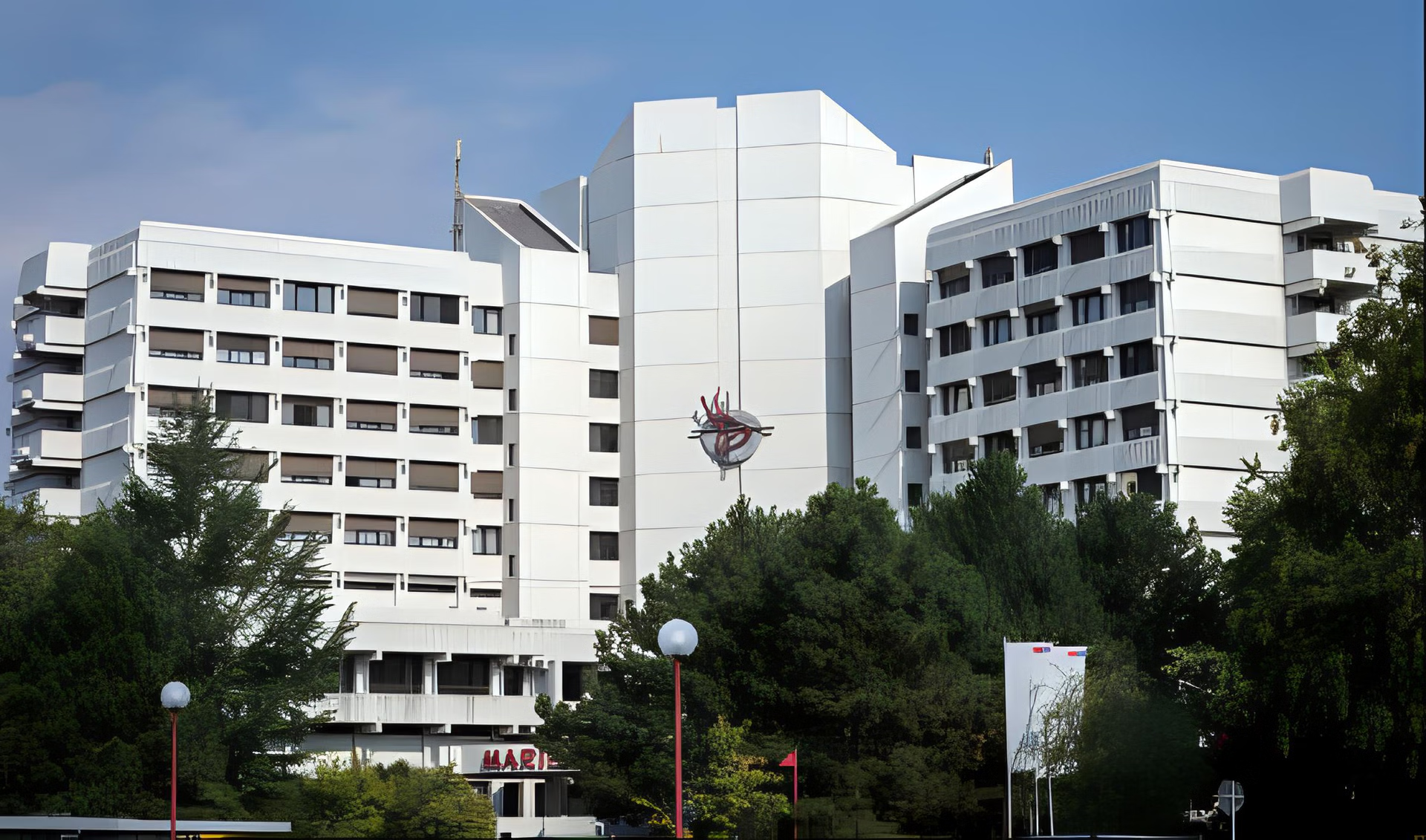Radioembolization for Liver Cancer Treatment

With SIRT and chemotherapy, the average length of life is more than twice, compared to chemotherapy alone.
The liver after Y-90 cancer treatment will improve in about 70% to 95% of the patients.
With small liver tumors that couldn't be cut out, the radioembolization’s response rate was 88%.
The side effects rate of SIRT is one case to ten patients.
 What is radioembolization?
What is radioembolization?
Radioembolization is a type of internal radiotherapy called selective internal radiotherapy (SIRT). It is a targeted treatment. During the procedure, it sends millions of tiny radioactive balls (called SIR-Spheres microspheres, beads, or seeds) directly to the tumor. SIRT is a way to fight liver cancer that cannot be removed by surgery.
In the 1980s, Australia started to work on the method. In 2002, Europe and the United States gave SIRT their official approval. Patients can get selective internal radiation therapy for liver cancer, which doesn't hurt the nearby tissues.
 How does it work?
How does it work?
A form of radiotherapy used to cure liver cancer or cancer that has expanded to the liver. With a thin, flexible tube, a doctor injects tiny beads that retain the radioactive isotope yttrium Y 90 into the main blood vessel that sends blood to the liver. The yttrium Y 90 in the beads gives off radiation. The radiation beads gather in the liver cancer and blood vessels near it. The above kills the cancerous cells by cutting off the blood flow that the tumor needs for growth. Radioembolization is a form of internal radiation therapy called brachytherapy in the arteries.
 A detailed description of local radiotherapy
A detailed description of local radiotherapy
Radioembolization for hepatocellular carcinoma, like other kinds, is a way to treat liver cancer that involves sending more arterial blood to the tumors while the healthy parts of the liver get their nutrients from the veins. Small balls with yttrium-90 are put in the artery that brings blood to the liver. Y-90 is a beta-emitting radionuclide that acts locally at the tumor site. Radioembolization liver metastases mean microspheres get stuck in blood vessels inside and around cancer, and radiation kills cancer cells. It makes it possible for the balls to irradiate the tumor without damaging healthy liver tissue. Many Y90 treatment success stories prove the effectiveness of the therapy on the level 87-95%.
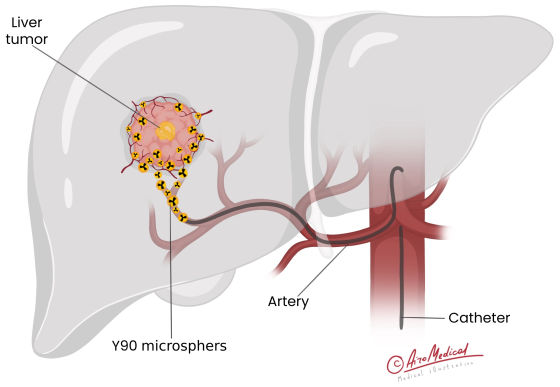 SIRT starts with an angiography. The doctor checks kidney function and blood clots. The interventional radiologist may block liver arteries that lead to other blood vessels. It is done to lower the chances that SIR-Spheres® will leave the liver.
SIRT starts with an angiography. The doctor checks kidney function and blood clots. The interventional radiologist may block liver arteries that lead to other blood vessels. It is done to lower the chances that SIR-Spheres® will leave the liver.
During an angiography, dye is put into an artery through a catheter. The contrast in the catheter shows up in the arteries in the liver. Now that interventional radiologists have a map of the blood vessels in the liver, they can use it to guide the catheter to the cancers.
After the workup, a person will need a second angiography within 7–10 days to put in radioactive beads for liver cancer.
Interventional radiologists are the doctors who do the SIRT procedure outside a hospital. The doctor makes a small cut during the procedure, usually in the femoral artery near the groin. He then puts the catheter in the amount and guides it to the liver's arteries. X-rays are used during the procedure in real-time. After the microspheres are placed, the therapeutic dose is given two weeks later.
Radioembolization treatment takes 60-90 minutes. The patient stays in bed for two to six hours. Concerning radioembolization recovery time, most patients can go home within one to two hours after surgery. Many say the most pain is the first 48-72 hours after surgery.
Radioembolization can be done on its own or in conjunction with chemotherapy. Such a combination of radiation treatment for liver cancer and chemo causes more side effects.
SIRT may be used again on some patients. Re-treatment may be needed if SIRT doesn't stop new liver tumors from growing or if tumors that have already been treated get more significant. Cases of liver failure after y90 are sporadic.
 What are the indications of radiation seeds for liver cancer?
What are the indications of radiation seeds for liver cancer?
SIRT is a promising way to treat primary liver cancers that can't be removed (primarily hepatocellular carcinoma) and liver metastases (mainly from colon cancer), in addition to
- bile duct cancer of cholangiocarcinoma,
- breast cancer,
- neuroendocrine tumor metastases.
Places to go for radioembolization therapy
 Advantages and risks of the SIRT
Advantages and risks of the SIRT
Clinical trials have shown that radioembolization enhances the time it takes for cancer to reduce and stop spreading. At the same time, though, it doesn't make life worse.
Radioembolization is a better way to treat liver cancer than surgery or systemic chemotherapy in many ways.
Among the benefits of SIRT are the following:
- Liver cancer patients with a tumor that surgeons can't remove should have a better quality of life and live longer;
- Recent studies show that the Y90 success rate varies from 70 to 95%.
- Most of the time, the side effects of Y90 treatment are not as harmful as those of other treatments for liver cancer;
- There is no need for a surgical cut;
- With traditional radiation therapy, a higher dose of radiation can be sent to the tumor;
- Radioembolization can shrink the tumor enough so that surgery might be an option.
Risks of the treatment are:
- Any procedure that breaks the skin exposes the body to the risk of infection. Less than one per 1,000 people will get a condition that needs antibiotic treatment.
- Putting a catheter into a blood vessel is always a risky procedure. Some of these risks are harm to the blood vessel, cuts and bruises or bleeding at the puncture site, and infection.
- There is a chance of one of the rare Yttrium-90 treatment side effects when the microspheres are in the wrong place, which could cause an ulcer. About 2% of patients have stomach or duodenal ulcers happen to them.
- While angiography is a component of the procedure, there is a chance that the contrast can cause an allergic reaction.
The side effects are:
- The most common adverse effect is being tired. Usually, it's not too bad, but it can last for 4–6 weeks.
- Mild fever can last from a few days to a week; most of the time, it is nothing to worry about this type of Y90 radioembolization side effects.
- Pain in the abdomen for a few hours or even a few days after the surgery. Painkillers will be enough to handle this.
- Most of the time, nausea is mild and easy to treat with pills.
- Diarrhea is usually mild and doesn't need to be treated.
Who treats liver cancer with SIRT?
 Results and statistics
Results and statistics
Liver cancer is the sixth malignant tumor globally and the third cause of death from cancer. Doctors can operate on only 20% of patients. The purpose of radioembolization as a treatment method is to prolong and improve the quality of life in those who do not have an opportunity for radical liver surgery or transplantation.
Clinical research on radioembolization showed an increased survival rate after Y90 treatment before disease progression. Depending on the type of liver cancer, it may also help people feel and live better.
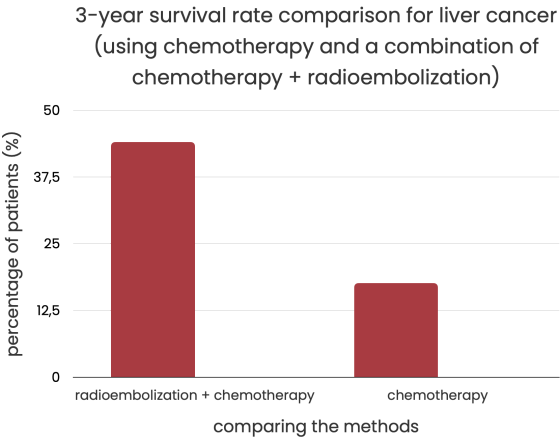
The research "Yttrium-90 microspheres in liver cancer" (MISPHEC) was the first published promising study of the effectiveness of SIRT, conducted in 7 centers in France. The study compared chemotherapy results with combined treatment of radioembolization and chemotherapy. It has been proven that the combination gives a much better result. Thus, the survival rate without the progression for three years in chemotherapy was 17.6%, and in radioembolization and chemotherapy - 44%.
 How can we help?
How can we help?
If you need radiation embolization therapy, surgery, or rehab abroad, we will help to choose the country and clinic. Success depends not only on how well you get treated but also on how much it costs, how easy it is to get to, and how comfortable it is to stay in hospitals.
You can contact AiroMedical experts in any options that work for you or send us medical reports and check-up results. AiroMedical will give you the best offers for medical tourism in certain countries, cities, clinics, programs, and doctors.
We'll help you plan what to do. These include asking the best hospitals for an invitation, getting a visa, suggesting a good airline, and finding the closest and most affordable place to stay.
Our friendly and qualified staff will meet you, show you around, and help to get an initial consultation with the clinic’s agreement.
In what countries go for radioembolization?
References:
- Institut für Diagnostische und Interventionelle Radiologie: Selektive Interne Radiotherapie ("SIRT") mit SIR-Spheres
- Targeted Oncology: LEGACY Trial of Radioembolization Shows Practice-Changing Data in HCC
- St. Elizabeth's Medical Center: What is Y90 Radioembolization (SIRT)?
- Cancer Research UK: Selective internal radiation therapy (SIRT)
- National Library of Medicine: Clinical Application of Radioembolization in Hepatic Malignancies: Protocol for a Prospective Multicenter Observational Study
